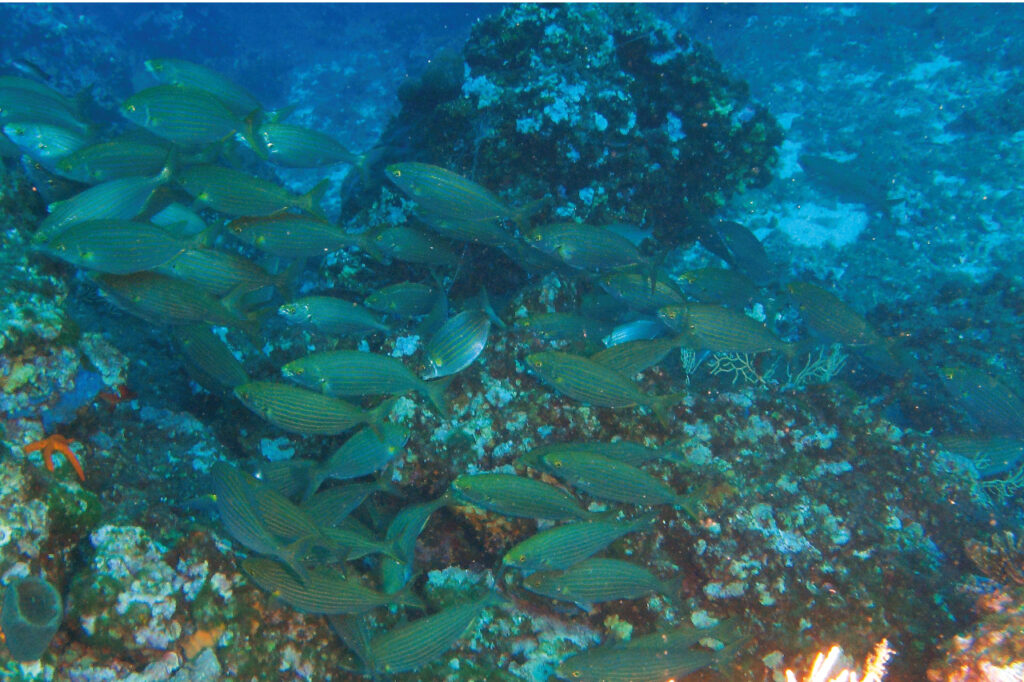[LUM#2] Eco-design at fish's bedside
Harbors, jetties, dykes... How can we protect fish from the concrete flows that are constantly reshaping our coasts? Eco-design now has its say.

©IRD - Thomas Changeux
He fell in love with the sea as a child. " Diving, fishing, watching the fish... I spent my whole childhood with my head in the water ". His role model? Commandant Cousteau. So when the time came to find his path, Matthieu Lapinski's was clear: he would become a marine biologist. A path that takes him through the Faculty of Sciences in Montpellier, and his Masters in Ecology and Biodiversity Management Engineering.
Shelters and artificial reefs
" During my studies, I learned that Egis was recruiting an engineer specializing in marine biology and ecology. They wanted someone with 3 to 5 years' professional experience," recalls Matthieu Lapinski. He doesn't yet have his diploma, nor the required experience. But he knows the sea by heart. " I'm the man for you," he says. It was his dream job, and now it's his job.
His job? Protecting the marine environment. I'm involved in the eco-design of maritime and port structures," explains Matthieu Lapinski. My mission is to minimize the impact of human constructions on the aquatic environment . For example, by creating shelters for young fish in Marseille's major seaport.
For these boisterous teenagers need protected spaces. " In harbors, juvenile fish have nowhere to shelter, even though these areas are teeming with predators. Or by designing artificial reefs, " concrete houses for fish, which reproduce their natural environment when it has disappeared ", explains the engineer specializing in marine biology and ecology.
Respecting marine ecosystems
This is a brand-new profession, which came into being just a few years ago " thanks to society's growing ecological awareness of the serious degradation of our oceans ". But also because regulations have evolved: " We are now obliged to take into account the impact of man on the environment".
Are you planning to build a sea wall in a coastal area to combat rising sea levels due to climate change? "In this case, we are involved in the environmental accompaniment of the project. The idea is to make the new dike a fully-fledged component of the marine ecosystem. It's a real challenge, and one that requires reconciling technical, economic and environmental constraints. An end to uncontrolled coastal urbanization? " Today, the technical solutions exist. It's up to us to implement them.
UM podcasts are now available on your favorite platforms (Spotify, Deezer, Apple podcasts, Amazon Music...).